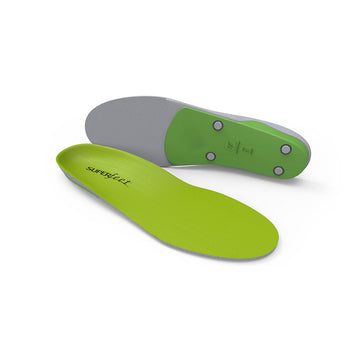Best Running Insoles for Flat Feet Men
Introduction Flat feet, also known as fallen arches, is a condition where the arches of…
Introduction Flat feet, also known as fallen arches, is a condition where the arches of…
Introduction Summer walks are a wonderful way to enjoy the warm weather and the beauty…

Custom Shoe Insoles Introduction Custom shoe insoles are specially designed inserts that fit inside your…
Introduction Allbirds insoles are designed for comfort and support, making them a popular choice for…

Introduction Orthotic insoles are shoe inserts designed to support, align, and improve the function of…
Introduction Diabetic neuropathy is a common complication of diabetes, characterized by nerve damage that can…
Diabetic Shoes and Insoles Diabetic shoes and insoles are specially designed to provide comfort, support,…
Introduction Diabetic orthotic insoles are specialized footwear inserts designed to provide support, cushioning, and pressure…

Introduction of Diabetic Insoles Diabetic insoles are specially designed footwear inserts aimed at providing relief…
Introduction Work boots insoles are essential for many jobs, but wearing them all day can…